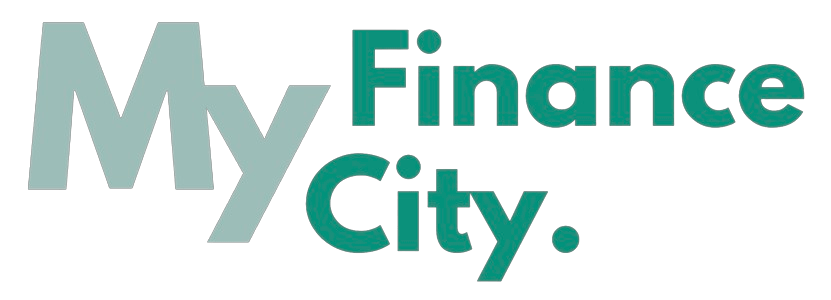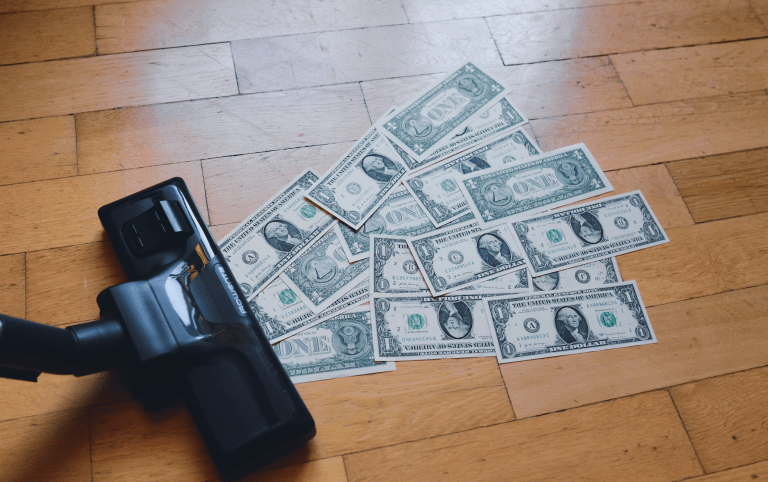On the journey to financial independence, there are numerous paths to explore. However, the fundamental principles of wealth creation can serve as a valuable framework for tailoring your personalized wealth creation plan. Scott believes that luck is the intersection of preparation and opportunity, and in his book, he utilizes these suggestions to help you do just that.
By consistently showing up and adopting a lifelong learning mindset, you increase your chances of success. In “Set For Life,” he advocates that anyone can exponentially boost their luck by exploring these fundamental ideas and regularly applying them in life. Good fortune is a matter of learning and regular appearances.
Focus on Your Savings Rate
The creation of wealth begins with frugality, but the difference in the approach of “Set For Life” is that the focus of thrift is on larger categories rather than eliminating small and enjoyable purchases. Thrift is one leg of a three-legged stool you can leverage, regardless of your income or financial history. Having some cash in the bank allows you to be luckier when the right opportunities arise. In the future, as you work hard and build networks, you’ll have more opportunities, while others have to pass them up.

Keeping expenses lean and maintaining a high savings rate means you can step forward when others cannot. Your budget will have flexibility to make purchases when stocks are “discounted” during low periods. When suitable investment properties emerge, you’ll be ready.
If your family needs your support, or you find a job opportunity that may require a transition to a risk level not present in your current position, having money in the bank allows you to take the leap. Implementing this first lever of thrift enables you to fund yourself during the transition. Living frugally gives you the chance to seize opportunities others must forfeit. You’ll be surprised at how capable you are in handling emergencies, and this confidence will reveal opportunities others haven’t even seen.
How to Boost Your Savings Rate
While bringing lunch from home or cutting back on Starbucks visits can impact your savings rate, attacking your most significant items in the budget can yield faster results. Namely, your housing and transportation costs.
According to Scott Trench, on average, your two most significant expenses are housing (33% of the monthly budget) and transportation (17% of the monthly budget). In total, this accounts for 50% of your monthly budget.
A simple way to have a massive impact on your savings rate is to target the largest part of your monthly budget – your housing costs. House hacking is one of the quickest ways to knock down your housing costs. By renting out a portion of your property or spare rooms, you’ll cut your housing costs in half or even reduce them to zero. If sharing space with others isn’t appealing, or you already have a full house, moving to a lower-cost-of-living area is another powerful way to decrease your largest housing expense.

Scott’s recommended approach is to achieve one year of reserves or a financial runway by saving 50% of your income. Reaching the median income of $50,000 makes this 50% ratio more achievable, and your first significant financial goal should be to reserve $25,000 as your financial runway.
Refine Your Investment Approach
There’s no one-size-fits-all investment method, and honestly assessing your risk tolerance and financial timeline is crucial in determining where and how to invest. Creating your own luck in wealth creation means seizing opportunities but balancing these potential opportunities with what excites you most and what you’re most willing to actively maintain to align with your goals.
Even if you don’t like real estate and prefer another path, having a plan is key. Stick to your convictions and ensure that your investable liquidity is being reinvested rather than spent elsewhere, allowing you to build asset classes that suit your risk and interest levels. For some, this means index fund investments for a peaceful night’s sleep, while others might enjoy actively searching for properties to flip. However, your investment path should reflect your values regarding risk and reward.
Develop a Plan for Your Earned Income
How much income do you plan to earn, and how can you increase your income or reduce the taxes you have to pay to leave as much cash as possible? Can you take on part-time work, cut expenses, or leverage assets you already have to help you do more?
Spending time critically and creatively deciding how you want to earn income today, in five years, and fifteen years will become part of your wealth creation toolkit. Of course, maintaining awareness of the income you earn is crucial to avoid lifestyle inflation. How much you make is as important as how much you save!
Decide How to Create Assets
How will you create assets, and what assets excite you the most? Do you own a set of properties, or are you excited about starting your own business? The various assets you can create and nurture can be as unique as your overall approach to pursuing financial independence.

While most people view homeownership as an investment, Scott believes that simply hoping for appreciation is not a solid financial plan and carries high risks. Instead, consider your housing as not just a place to live but an opportunity to partially rent out through house hacking. This way, you can weather any market fluctuations and move from a risky purchase to a market-protected one.
Creating assets and seeing regular purchases transform into income-generating opportunities is a way to set your thinking apart from the mainstream. Have you reflected your values, a thirst for learning and growth, and a preference for management levels in your spending? Understanding this is crucial to creating a life and wealth plan that suits you.













+ There are no comments
Add yours